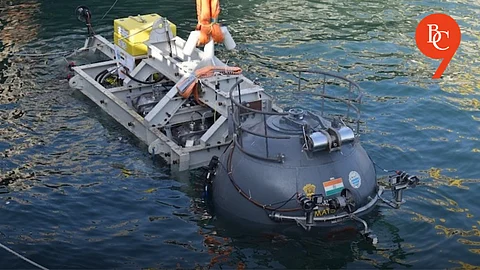

India’s premier space agency, the Indian Space Research Organisation (ISRO), is making strides in underwater exploration technology through the development of the personnel sphere for MATSYA-6000, an advanced deep-sea submersible vessel. The vessel is engineered to carry human occupants to formidable ocean depths of up to 6,000 meters (approximately 19,685 feet) below the water’s surface, marking a significant milestone in India’s oceanographic and marine research capabilities.
MATSYA-6000 is a state-of-the-art submersible designed to support India’s ambitions in deep-sea exploration and resource assessment. It will enable manned dives into some of the least explored zones of the ocean, providing crucial insights into deep-sea biodiversity, geology, and potential mineral wealth.
The personnel sphere is the most critical component of the MATSYA-6000 submersible. It acts as the life-supporting cabin, designed to withstand the extreme pressure found at 6,000 meters depth, roughly 600 times the atmospheric pressure at sea level.
While ISRO is best known for space missions, it is leveraging its expertise in structural engineering, materials science, and life-support systems developed for spacecraft to design the personnel sphere.
ISRO is actively progressing through design validation, material testing, and prototype fabrication phases for the personnel sphere. The overall MATSYA-6000 project anticipates initial trial dives within the next 3-5 years, moving toward fully operational missions afterward.
ISRO’s development of the personnel sphere for the MATSYA-6000 submersible reflects India’s expanding scientific ambitions beyond space to the ocean’s deepest realms. This innovative leap underlines the country’s commitment to leveraging technology for interdisciplinary exploration, supporting economic, environmental, and strategic objectives.
